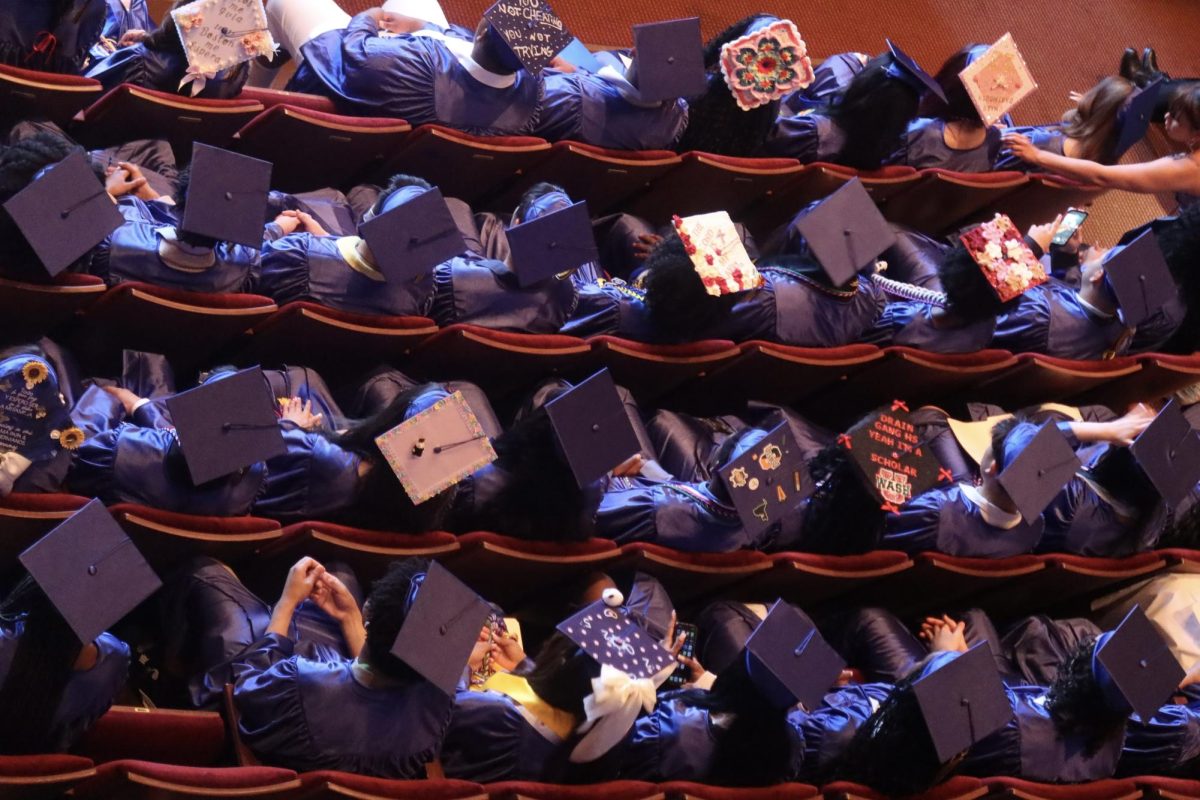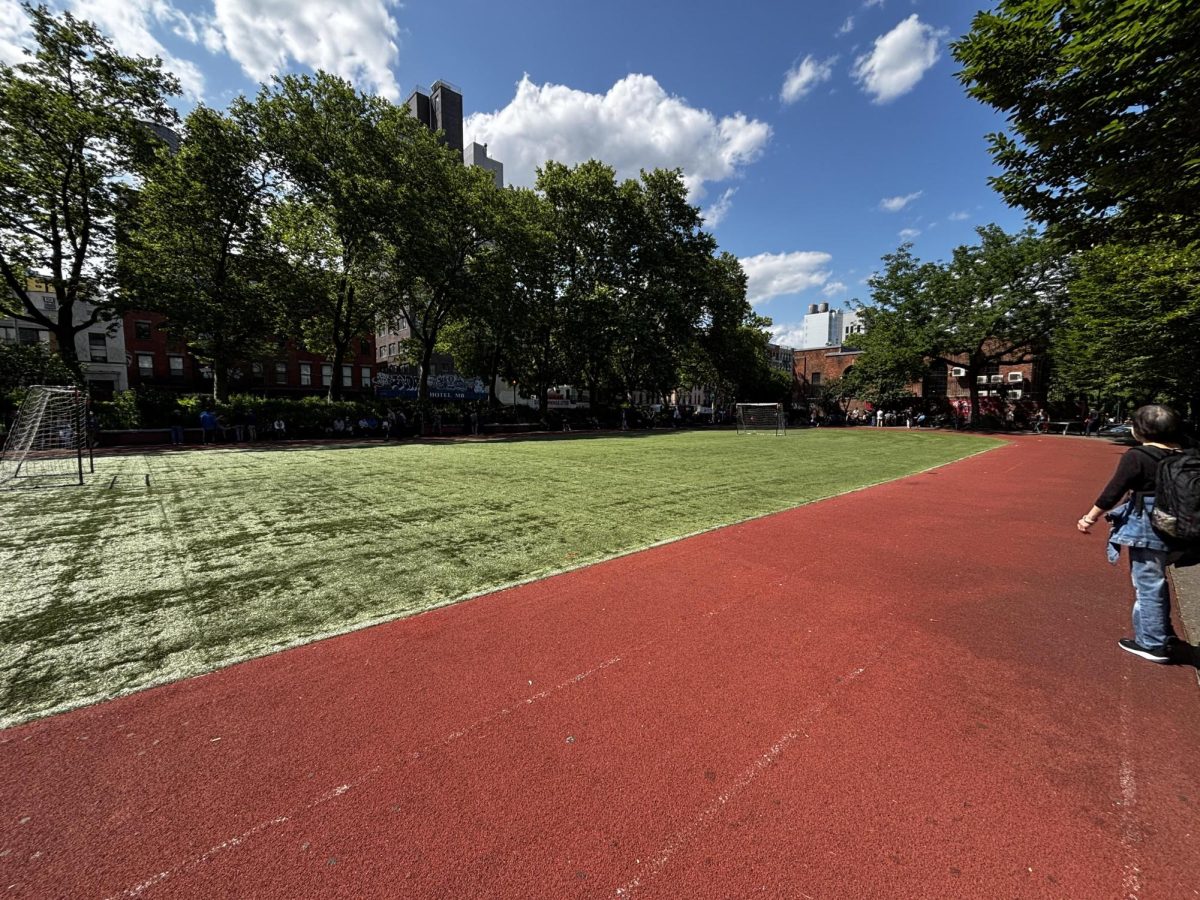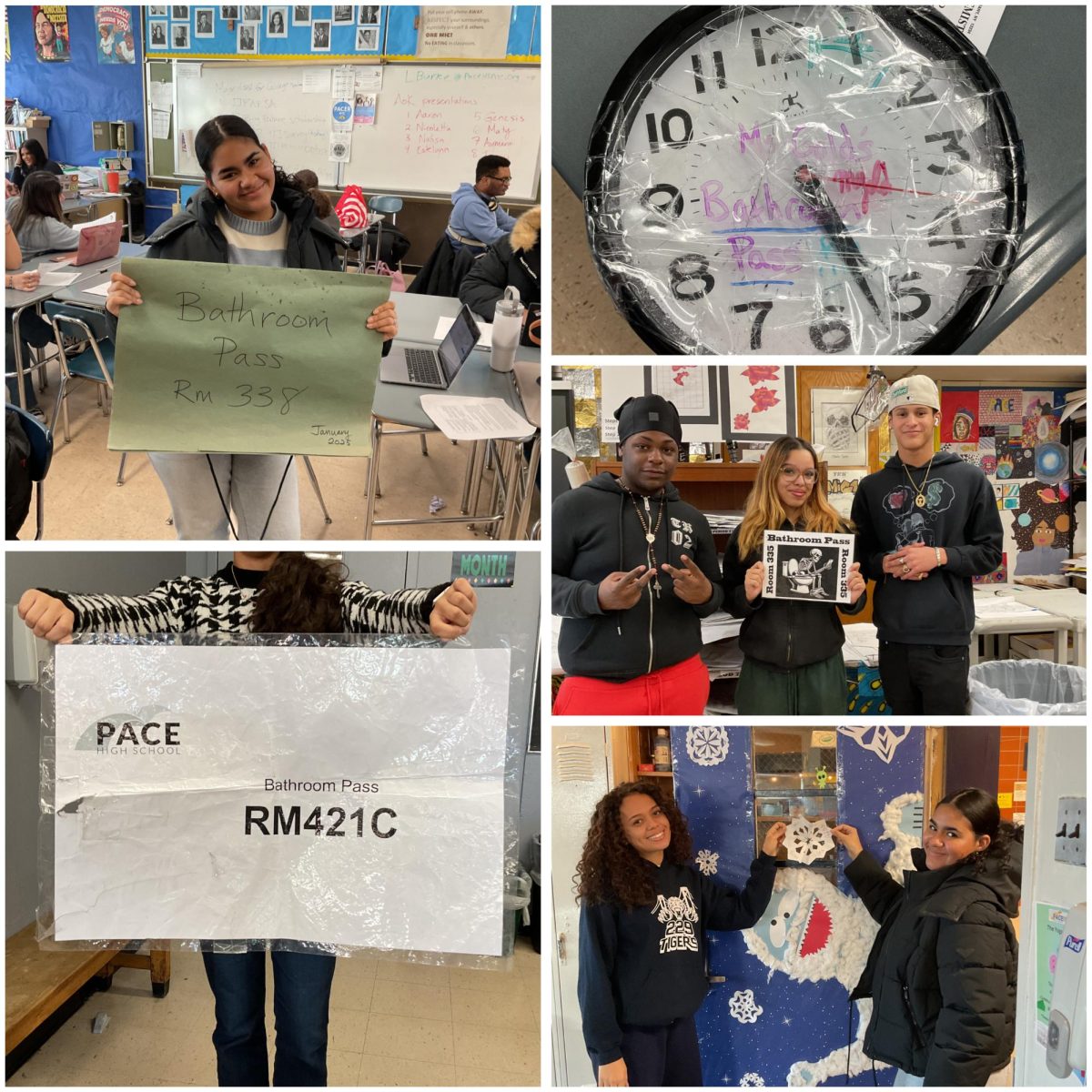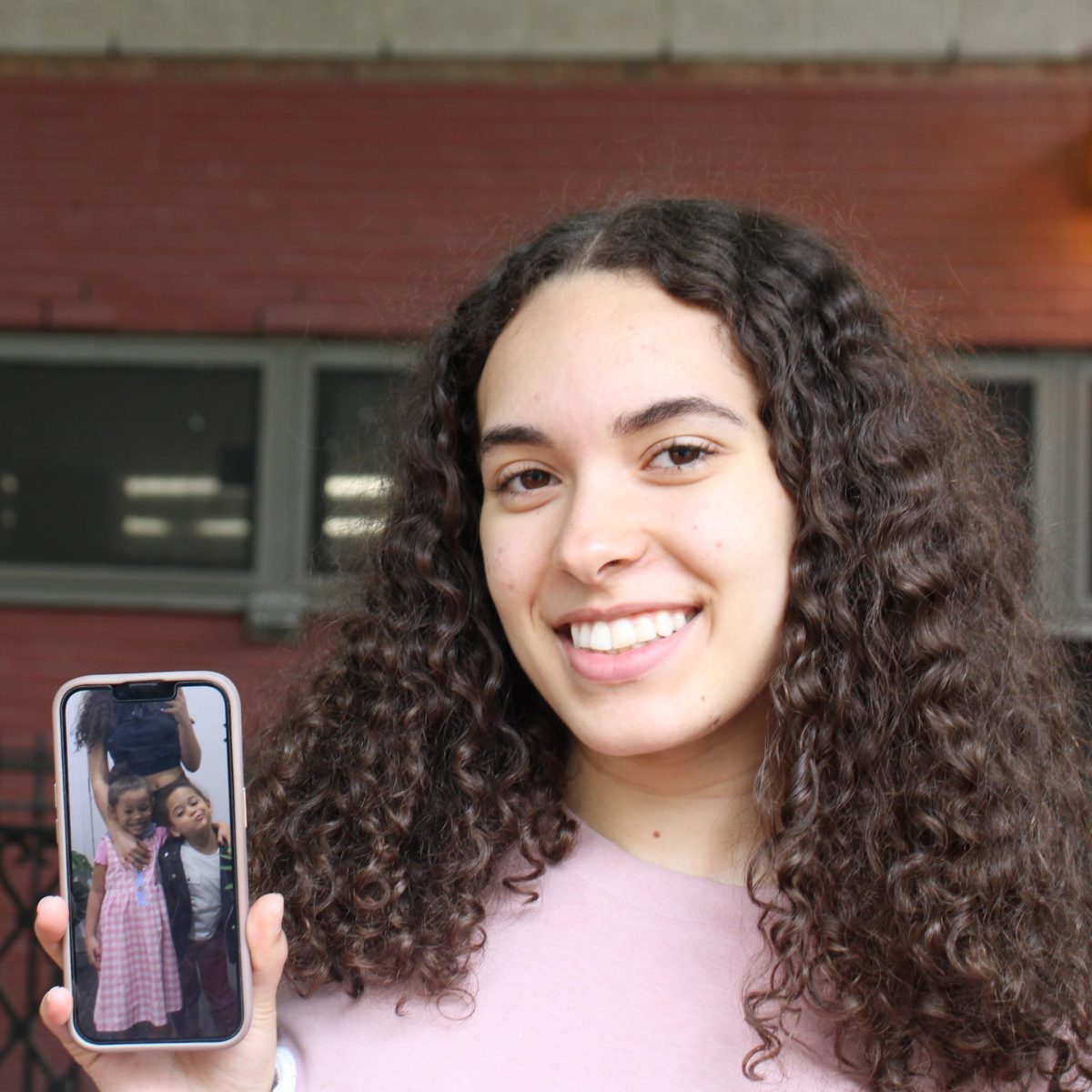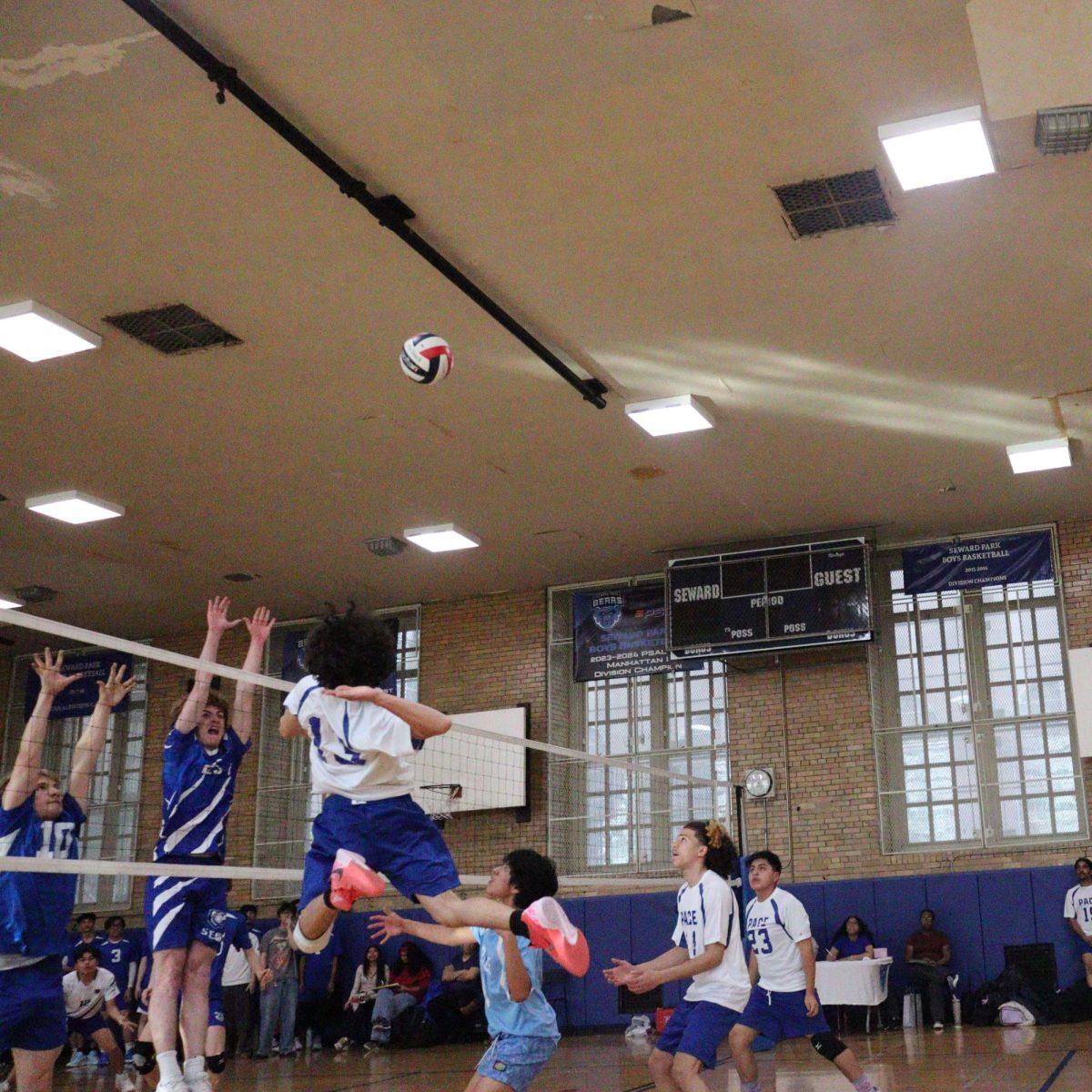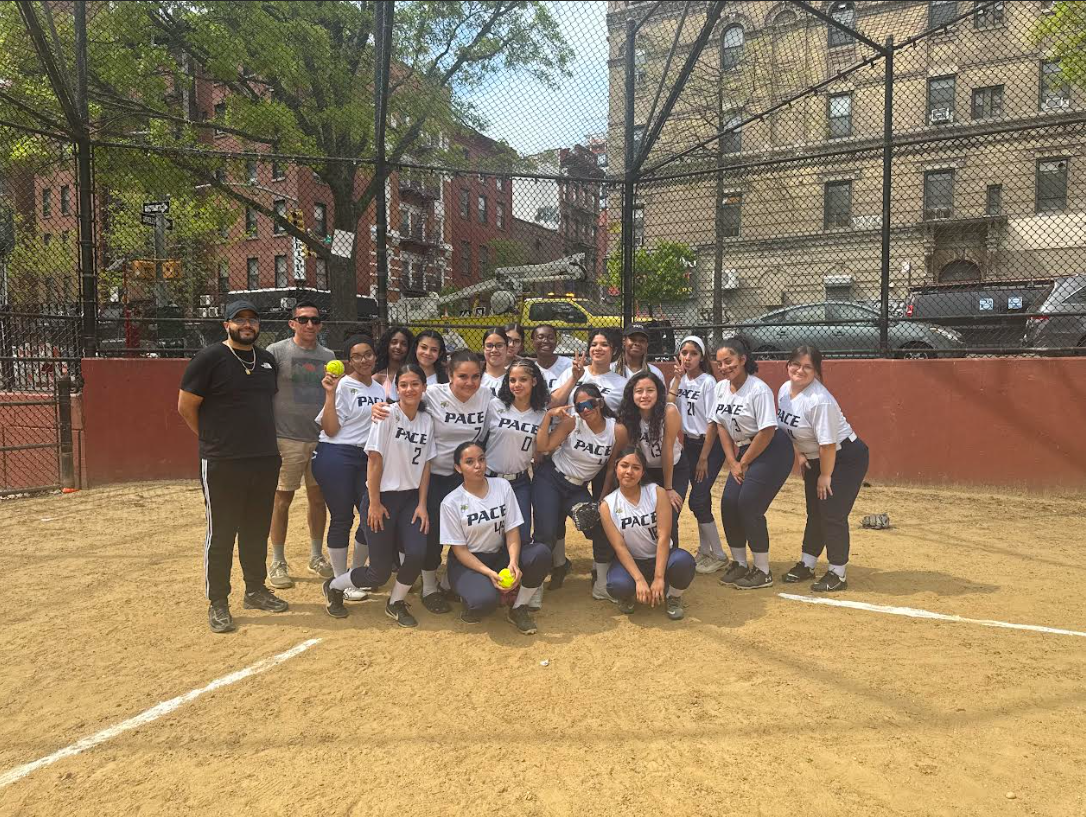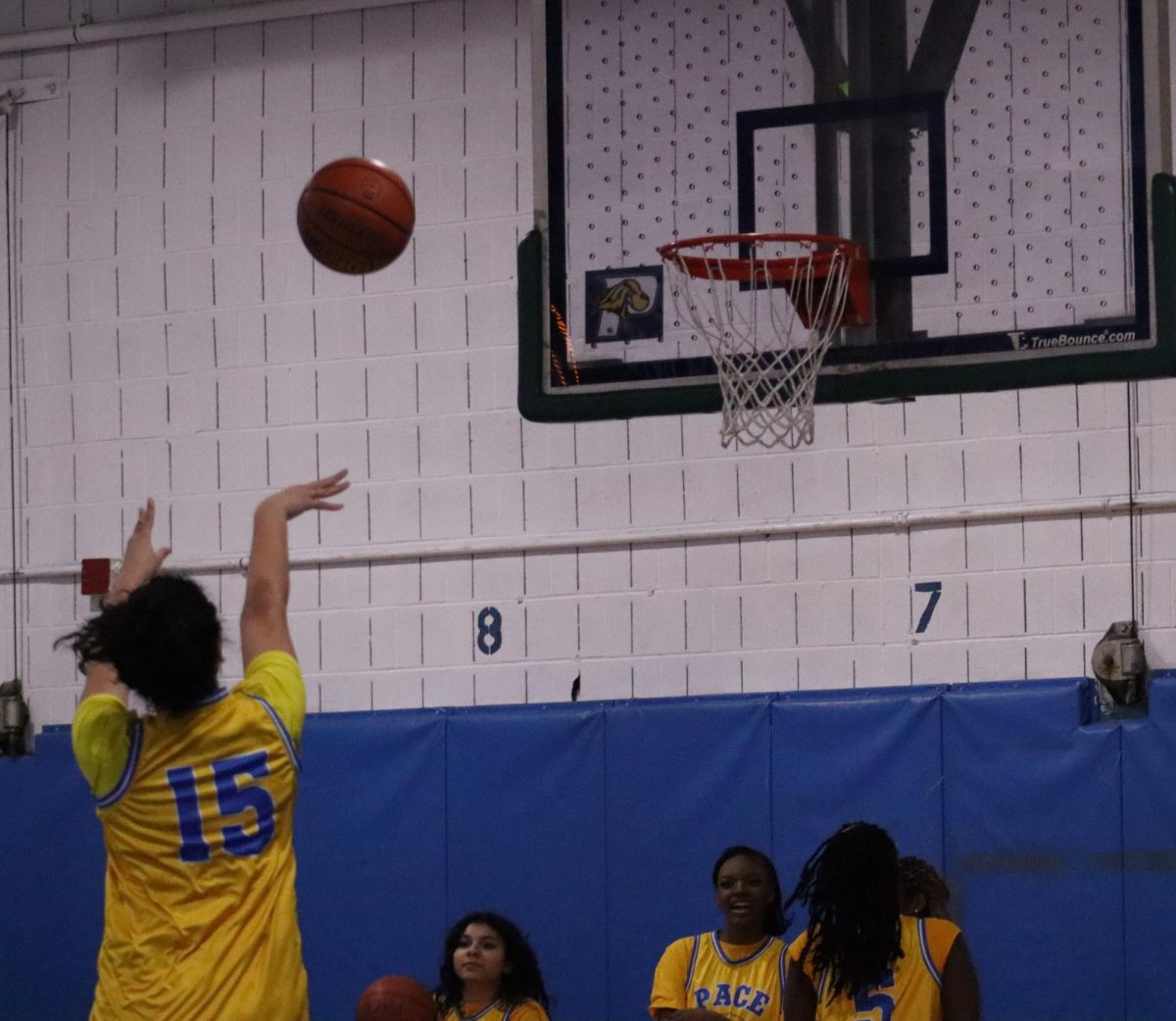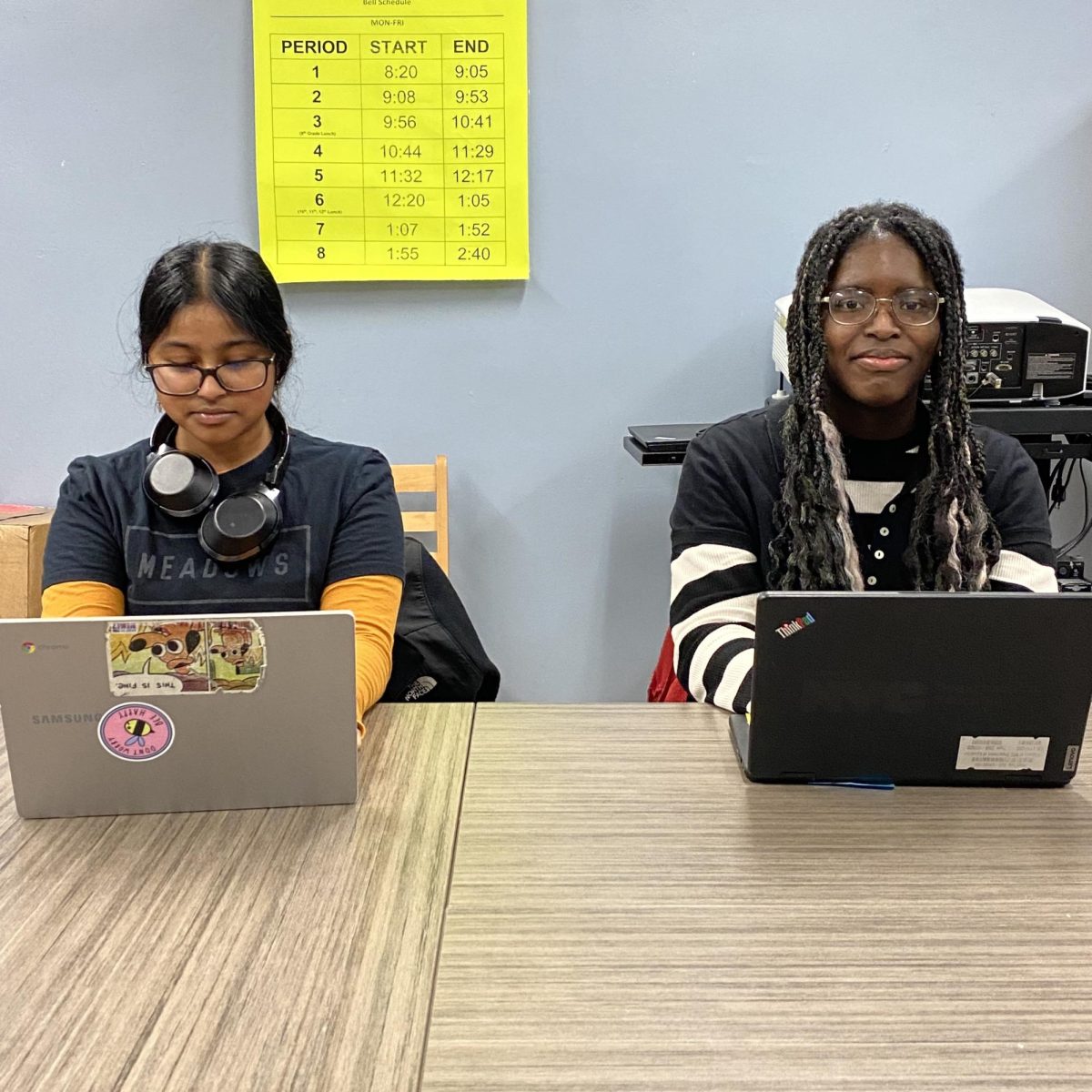As the world grapples with the aftermath of the Covid-19 pandemic, schools are facing a significant rise in student absences.
The disruptions caused by the pandemic have had far-reaching effects on students’ academic, social, and emotional well-being, contributing to a hard landscape of absenteeism in schools.
At Pace High School, absenteeism has significantly affected both academic performance and the social environment.
Prior to the Covid-19 pandemic, the school boasted an attendance rate of around 89 percent. With the return to in-person learning in the 2021-2022 academic year, the rate plummeted to 80%. Over a six-year period, the attendance rate has declined from 89% to 77%.
What is Pace doing to solve the issue?
“We use JumpRope to sign up parents and make an attendance phone call every single day for someone who’s late,” said Mr. Chong, the assistant principal.
It is critical to strengthen connections between communities, families and schools in order to promote open lines of communication and trust and work together to overcome attendance issues.
One of the most important ways to lessen the negative consequences of interrupted learning experiences is to provide students with targeted support services that are designed to address their academic, social and emotional needs.
Improving attendance rates and encouraging student participation require establishing a welcoming, inclusive environment at school that celebrates difference and encourages a sense of belonging.
With Ms. Barcia’s new raffle of weekly attendance, more students are encouraged to get to school and classes on time due to the fact they get a chance at winning something to prove what they’re capable of achieving.
In order to assist students’ emotional wellbeing, schools must place a high priority on mental health awareness and give access to resources and counseling services.
Working together with social service organizations, healthcare organizations and community partners can help address the root causes of absenteeism and offer more resources and support.
Moreover this absenteeism isn’t just about Pace High School, it’s affecting both large and small districts schools. As well as, schools across all racial and economic categories have seen the rise In absences.
According to a New York Times study of the data, chronic absence rates for districts in New York City nearly doubled, from 10% before the pandemic to 19% in the 2022–2023 school year.
The increase in absences from school following the Covid-19 pandemic highlights the importance of a thorough and collective strategy to address the various issues that families and students are facing.
In the post-pandemic age, schools created a setting that supports student performance and well-being by comprehending the complex connections between the causes of absenteeism and putting specific solutions and assistance services into place.

